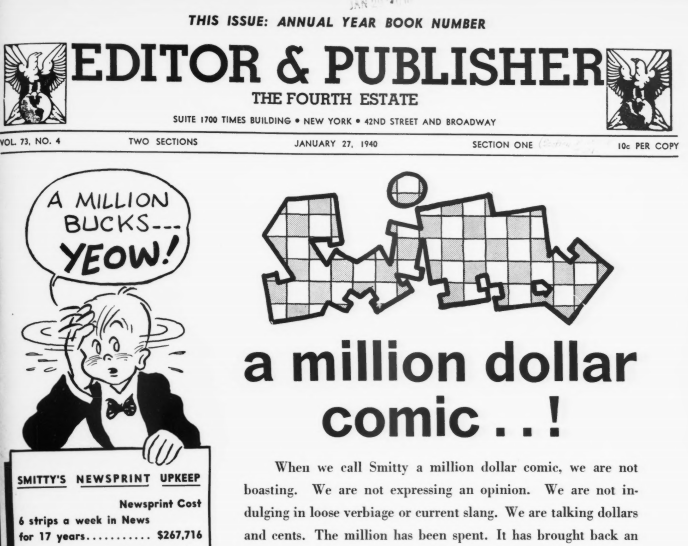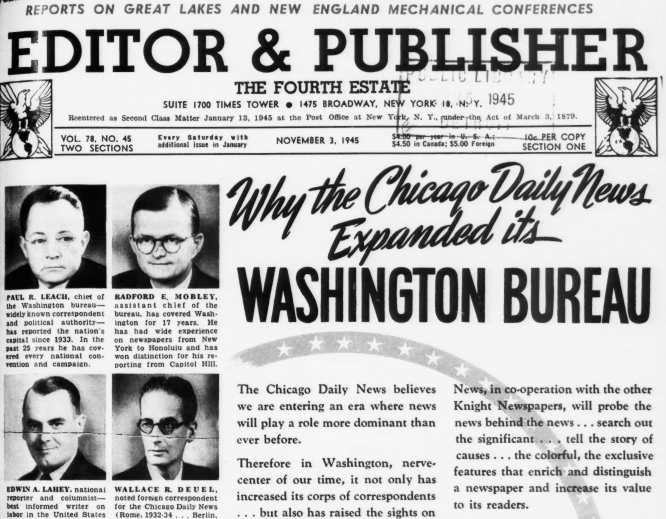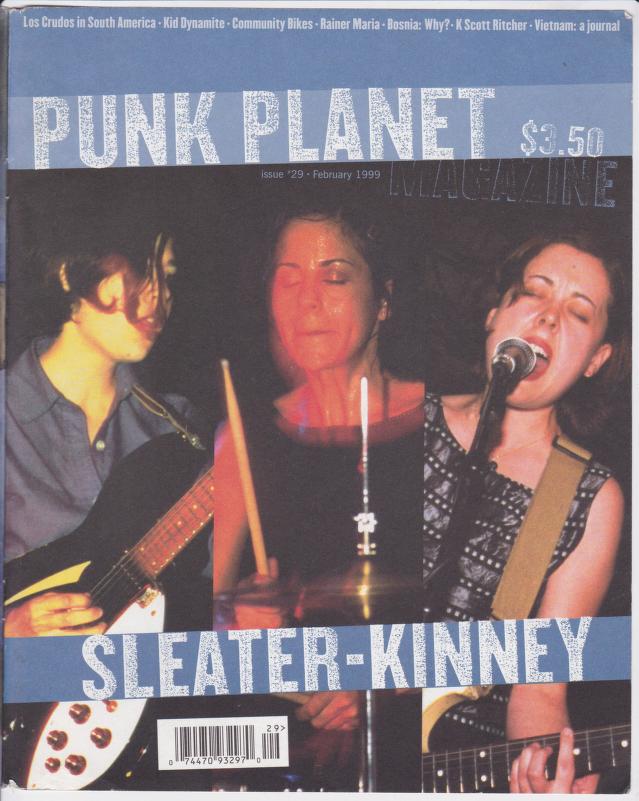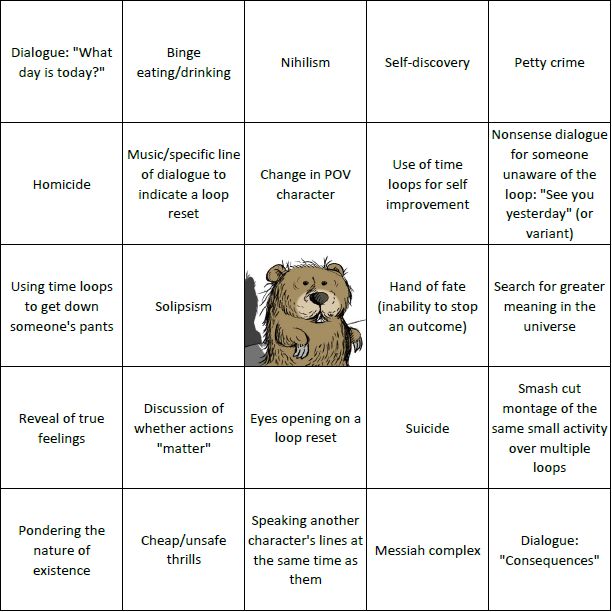Come on you raver, you seer of visions
Come on you painter, you piper, you prisoner, and shine
“It’s a gift I suppose,” David Gilmour responded humbly when a 2015 interviewer asked the question he’s always asked about his legendary guitar tone. “It’s something that just arrives naturally at this point.” Gilmour seemed genuinely mystified. “I think there’s some kind of strange peculiarity or my lack of coordination between hands that gives it something rather off and thus distinct.” Maybe there’s more than he realizes to his answer: the qualities that make an artist unique can be those that seem like deficits or defects in other lights.
There are hints of this wisdom in “Shine on You Crazy Diamond,” Gilmour and Roger Waters’ tribute to Syd Barrett, the childhood friend whom Gilmour replaced as the band’s guitarist. Whatever it was that drove Barrett’s brilliant mind also seems to have driven him to excess and madness under the spotlights—”You were caught on the crossfire of childhood and stardom… Threatened by shadows at night, and exposed in the light.” Yet without Barrett’s “craziness,” or Gilmour’s lack of coordination, there would be no Pink Floyd.
“Shine on You Crazy Diamond” is a tragic song—made more so when we learn that an unrecognizable Barrett arrived at the studio the moment they began recording it, seven years after he left the band with mental health struggles. With typical bitterness, Waters described him in an interview that year as “a symbol for all the extremes of absence some people have to indulge in because it’s the only way they can cope with how f—ing sad it is—modern life.”
The band lost not only a founding member but also a friend when they lost Barrett. These sad personal associations notwithstanding, the song can also be an unironic call to those who may be holding back or hiding because they think there’s something wrong with them. And it’s a song featuring some of the most impressive guitar work of Gilmour’s recording career. On “the epic 13-minute opening track to Wish You Were Here, he lays down more awesome tones than most guitarists achieve in a lifetime,” writes Chris Gill at Guitar World.
Playing onstage above with Richard Wright at Royal Albert Hall in 2006, just months before Barrett’s death, Gilmour casually blows the audience away with awesome tones. Then he is joined by David Crosby and Graham Nash in a live rendition that sounds like both an elegy and an anthem, a fitting tribute to an artist who “reached for the secret too soon”—or whatever combination of drugs and mental health crises caused Barrett to retreat into himself in the last decades of his life—but who also, by shining for a brief moment, left a creative legacy in Pink Floyd that few artists can hope to equal.
via Laughing Squid
Related Content:
Watch David Gilmour Play the Songs of Syd Barrett, with the Help of David Bowie & Richard Wright
Understanding Pink Floyd’s Wish You Were Here, Their Tribute to Departed Bandmate Syd Barrett
Josh Jones is a writer and musician based in Durham, NC. Follow him at @jdmagness















